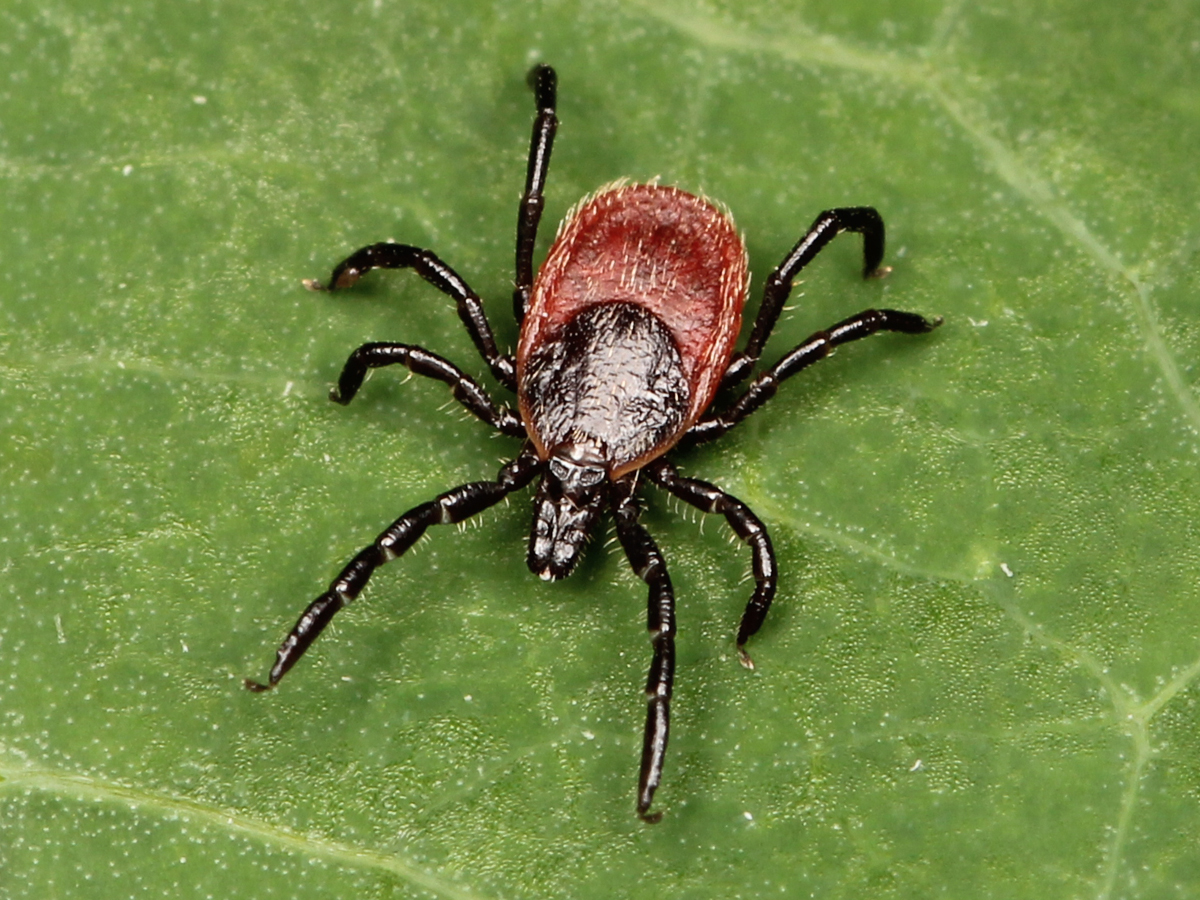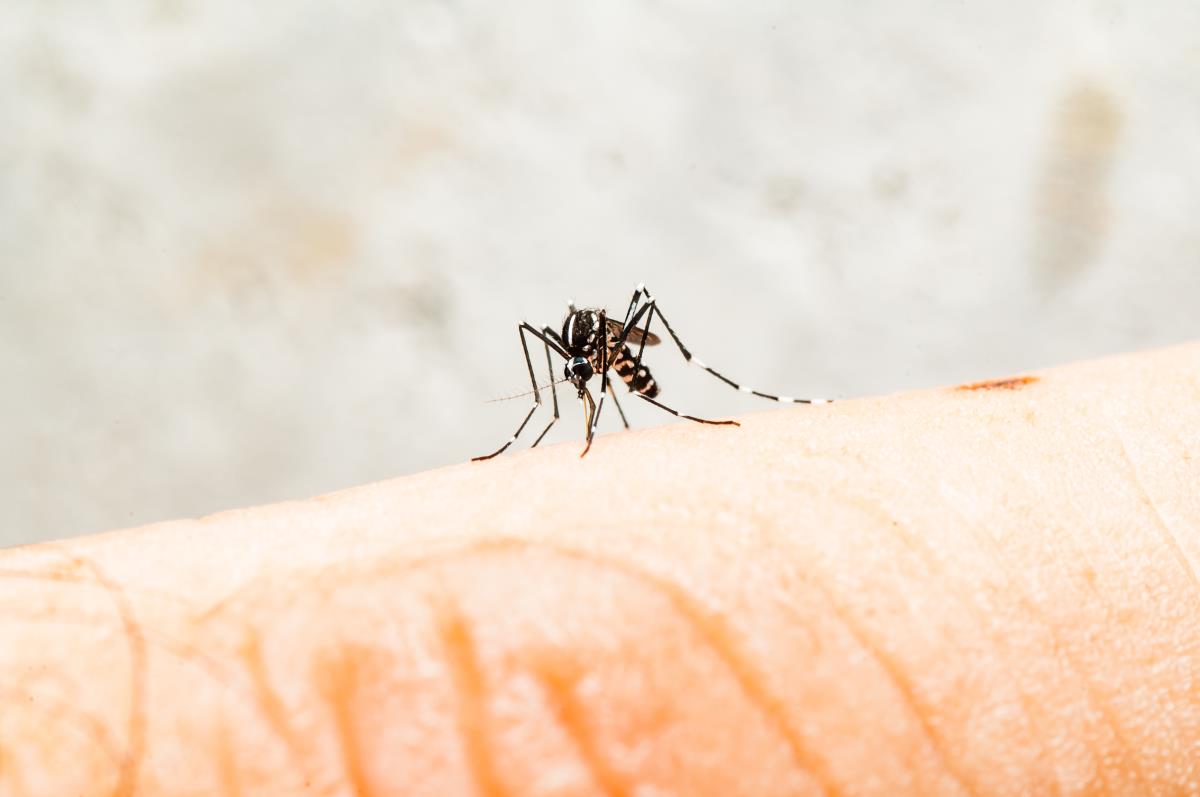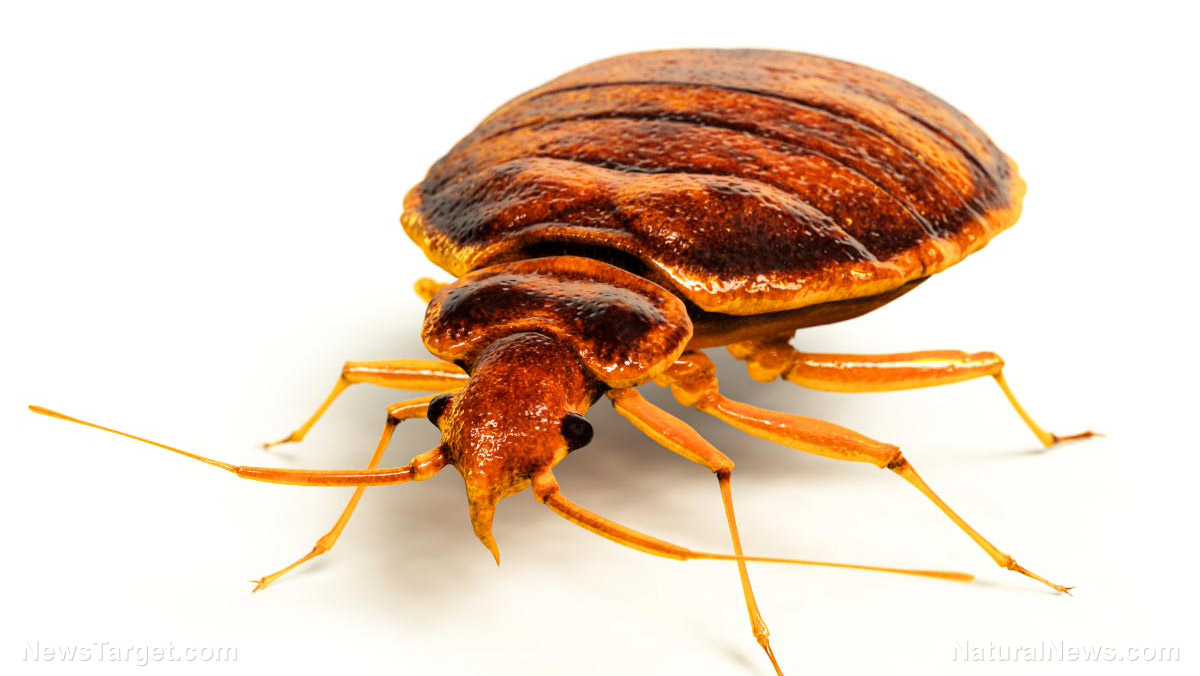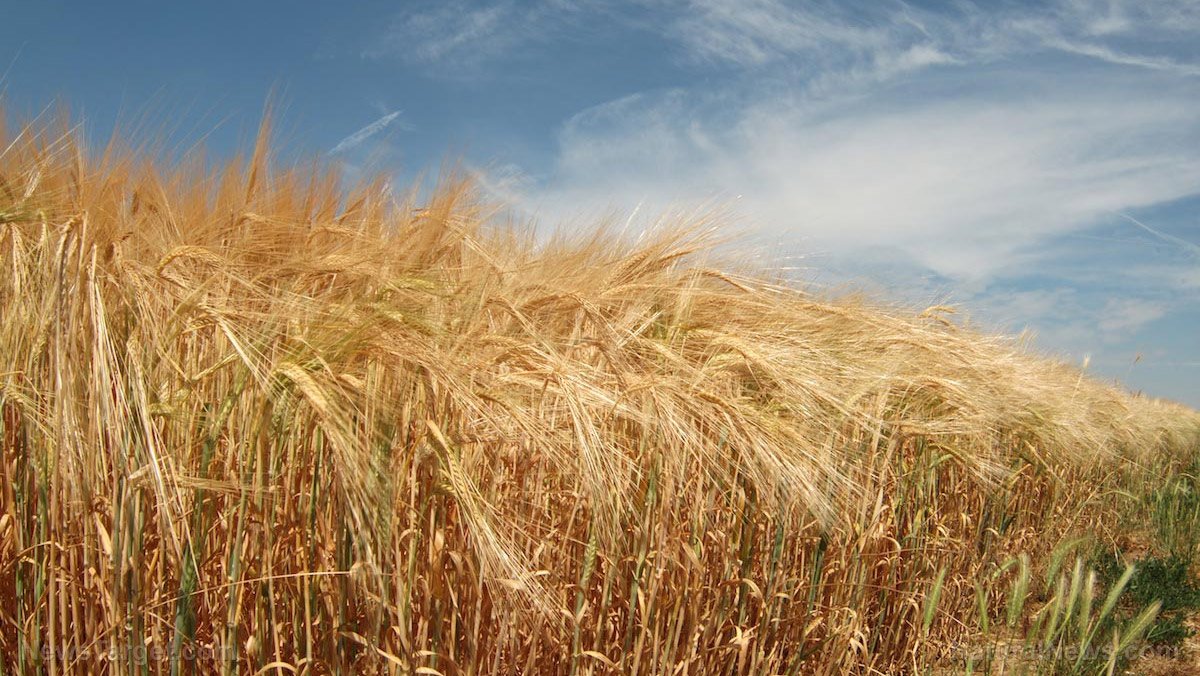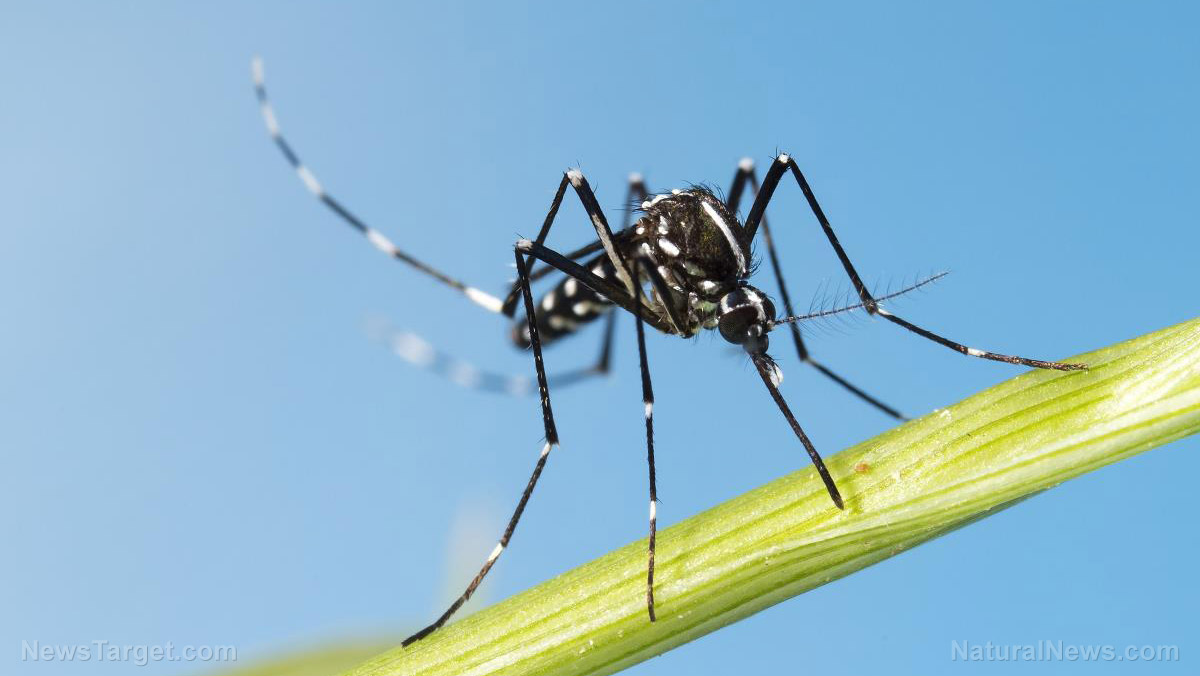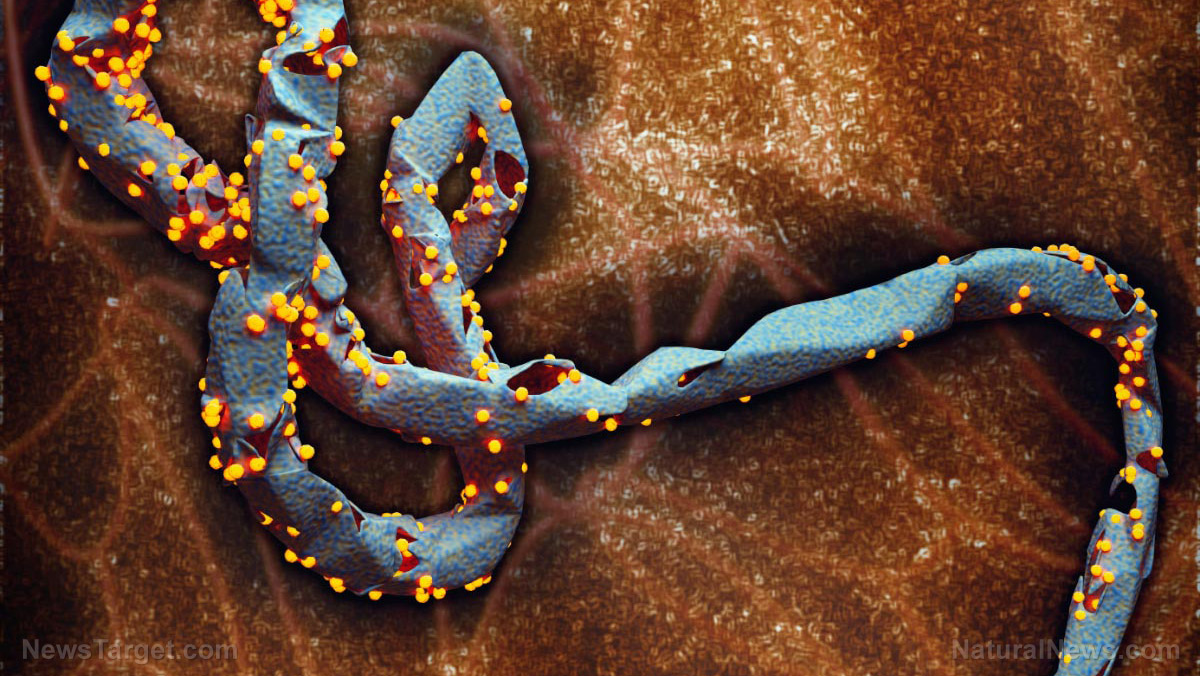A plant from the coffee family, Indian madder, found to help protect the lungs against tuberculosis
01/15/2018 / By Michelle Simmons

A study discovered that the ethanolic leaf extracts of the plant Rubia cordifolia or Indian madder contain anti-mycobacterial, cytotoxic, and antioxidant activities, which can be used in fighting against mycobacterial tuberculosis infection.
A team of researchers from the University of Limpopo in South Africa analyzed the protective effects of Rubia cordifolia, more commonly known as Indian madder, against virulent tuberculosis strains. The research team screened the ethanolic and dichloromethane leaf extract fractions of the Indian madder with the use of a fluorescent microplate test. In addition, the researchers monitored the antioxidant activity of the plant’s leaf extract and measured their cytotoxicity to lymphocytes.
Tuberculosis is caused by the mycobacterium tuberculosis that affects the lungs. The disease is becoming more difficult to treat because it is increasingly becoming drug-resistant. Multidrug-resistant tuberculosis continues to be a public health issue and a health security threat. Because of this, there is a need of new and effective agents for tuberculosis treatment and management. Scientists continue to search for natural alternatives for tuberculosis treatment that are anti-inflammatory and less toxic compared to modern medications.
The results of the study confirmed that leaf extract sub-fractions of Rubia cordifolia does exhibit cytotoxic and antioxidant activities at acceptable concentrations even when various laboratory experimental models were used. (Related: Chinese medicine herb discovered to prevent tuberculosis infections)
“In this case we used isolated human peripheral blood mononuclear cells (lymphocytes) and neutrophils. The anti-proliferative and antioxidant properties of leafs of Rubia cordifolia are consistent with them containing various chemical derivatives of anthraquinones,” the researchers wrote.
Rubia cordifolia is a plant from the coffee family which has been used to treat different diseases and possesses antimicrobial, anti-inflammatory, analgesic, and antidiarrheal activities. The plant is also known in other names as Manjistha and Majith, depending on the geographical location.
The findings of the study were published in the African Journal of Traditional, Complementary and Alternative Medicines.
More on tuberculosis
Tuberculosis belongs to the top 10 causes of death all over the world, according to the World Health Organization (WHO). In 2016, the number of people who died from tuberculosis amounted to 1.7 million, while 10.4 million people contracted the disease. It is the most common cause of death of people with human immunodeficiency virus (HIV), which is about 40 percent of HIV deaths. The disease is contagious and is transmitted through air. When people with tuberculosis cough, sneeze, or spit, they spread germs into the air and it only takes a few of these germs for a person to contract the disease.
There are two types of tuberculosis – latent and active. In latent tuberculosis, a person has been infected by the bacteria but are only present in the body in an inactive state and cause no symptoms. It is not contagious, but it can turn into active tuberculosis. Active tuberculosis is a condition in which it makes a person sick and spreads to other people. It can occur during the first few weeks after infection or it might occur years later. The signs and symptoms of active tuberculosis include coughing that lasts at least three weeks, coughing up blood, chest pain or pain with breathing or coughing, unintentional weight loss, fatigue, fever, night sweats, chills, and loss of appetite. It can also affect other parts of the body – kidneys, spine, or brain.
Read more stories on natural health and cures like the Indian madder at NaturalCures.news.
Sources include:
Tagged Under: anti-proliferative, antimycobacterial, antioxidant, Herbs, Indian madder, infectious disease, medicinal herbs, natural medicine, natural remedies, outbreak, Rubia cordifolia, tuberculosis



